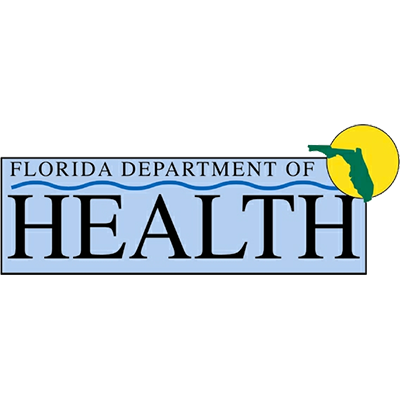Links to other resources: Residential Treatment, Detox, Type D Personalities
Over the past two years on this blog, we have discussed several issues that are key to understanding “Health Justice” and social justice within the realm of healthcare, but we have not taken a deeper look at how people and organizations are thinking about these issues more broadly and working to change the landscape of social inequality in health. We often talk on this blog about the important role that language plays in understanding addiction and substance use disorder. Most directly, we use both “addiction” and “substance use disorder” as terms on the blog, but in general there is a large movement within substance abuse treatment circles to limit the use of the word “addict” to refer to people. I totally understand the need for thinking critically about language in that way. We have also briefly touched on the ways that racially derogatory language has been used in the substance use treatment field, or by outsiders when referring to substance abuse treatment. “Crackhead” is a term that is often used in North America, and the racial stereotyping inherent in the use of that word should be obvious to many people.
Racial Stereotypes and Cocaine Addiction
All races and classes of people struggle with addiction to cocaine. Despite that, it has become very common in American culture to target black Americans with hurtful language related to cocaine use. “Crack baby” was an entire myth that persisted for most of the time I have been alive. It is not as commonly used in everyday language in 2022, but many people still believe that crack cocaine has negative effects on a fetus above and beyond powder cocaine and other drugs, and that is simply not the case. “Crackhead” and crack baby” are certainly nasty terms to throw around and can hurt feelings, but are there real-world effects of using racialized language around substance abuse? Absolutely. Although we may have trouble measuring the exact effects of language, these racialized stereotypes got so bad by the early 1990s that laws came into effect that made it a much more serious crime to use crack cocaine rather than powder cocaine, even though the main difference between the two substances seemed to be limited to the skin color and wealth of the average users. African Americans caught using crack under the new “Rockefeller” drug laws were given outlandish, often decades long, sentences for victimless crimes, while white college students caught with powder cocaine got probation and a fine in most cases. More recent responses to the growing opioid epidemic in the white suburbs of America include calls for more treatment and less incarceration of people with substance use disorder. That is a hugely important step in the right direction, but according to work by Friedman et al, these calls to stop incarcerating sick people was largely non-existent when addiction was viewed as a problem among “black and brown people and the poor”.
According to a recent article published in JAMA Psychiatry,
“The models of care for SUD and harm reduction that Black and Latinx leaders have developed, based on their own social position and experiences, are uniquely focused on social connections, community inclusion, and, ultimately, advocacy for a more just social order. US health agencies should proactively support a social justice approach to SUD and harm reduction interventions to turn back the tide of record overdose rates through community-focused and institutionally supported efforts and policies.”
It is incredibly important that community engagement and the opinions of experts are taken seriously to stem the tide of overdoses and deaths and begin to treat a nation struggling with addictions of all kinds, but it can be disheartening to know that many of these calls to action are being taken more seriously now that they are coming from a more white, middle-class group of people. According to the National Academies of Sciences, “Black Americans and Native Americans died of substance overdoses at higher rates than White Americans (during the pandemic), and Latino overdose deaths increased at record rates.” Therefore, from these statistics we can see that taking substance use disorder more seriously and taking a treatment-focused approach rather than a law-enforcement focused approach is still vital for all people and remains a key issue for making our society a more just place for marginalized and economically depressed communities. Tomorrow we will discuss institutional supports and barriers from this same perspective of social justice within the healthcare system. If you or a loved one needs the best drug and alcohol rehab in Florida, call Florida Springs Wellness and Recovery Center in Panama City today.
By T.A. Cannon
References
- Friedman J, Mann NC, Hansen H, et al. Racial/ethnic, social, and geographic trends in overdose-associated cardiac arrests observed by US emergency medical services during the COVID-19 pandemic. JAMA Psychiatry. 2021;78(8):886–895. https://doi.org/10.1001/jamapsychiatry.2021.0967
- National Academies of Sciences, Engineering, and Medicine. Pain Management and the Opioid Epidemic: Balancing Societal and Individual Benefits and Risks of Prescription Opioid Use. Washington, DC: National Academies Press; 2017. Available at: https://www.nap.edu/read/24781. Accessed November 5, 2021.




